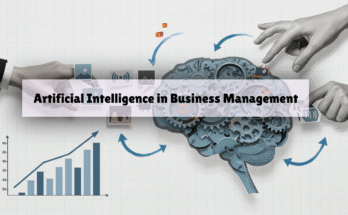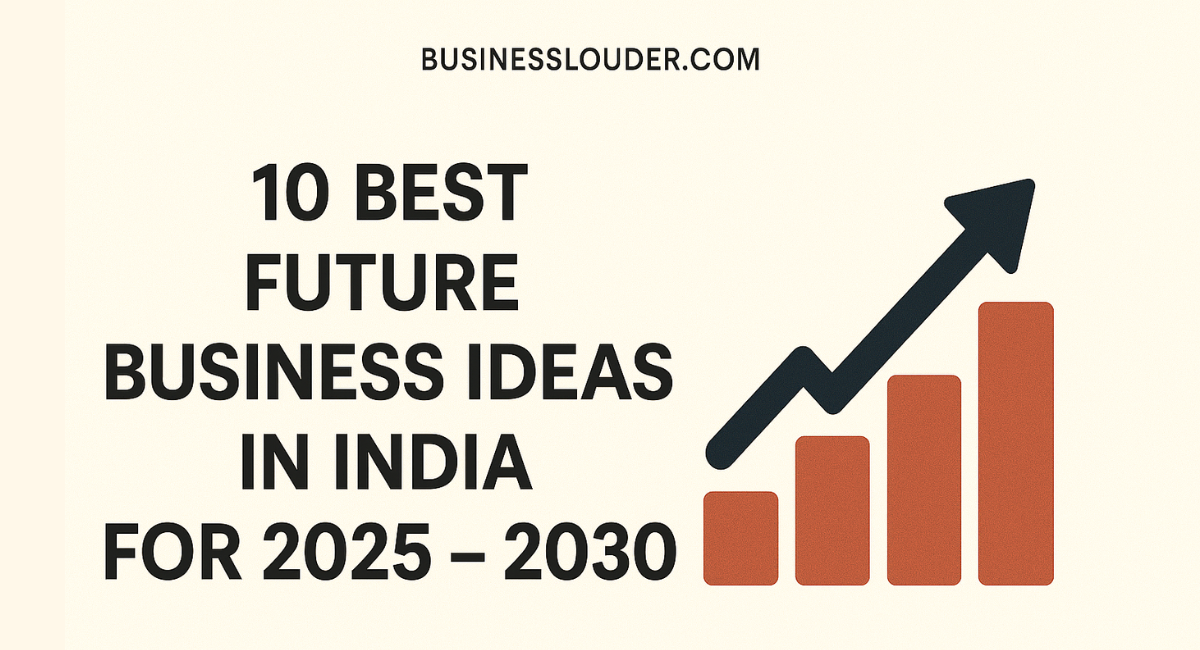People build their opinions based on the knowledge they get from their senses. When talking about actions at work, “perception” means how people see things.
The choices that people make, the behaviors that they exhibit, and the relationships that they have with one another at work are all adjusted as a consequence of this way of thinking. Here in this article we have detailed explained about the perception in organization behavior.
Definition of Perception in Organizational Behavior
The word “perception” is used in the context of the study of workplace behavior to refer to the mental process by which individuals grasp their surroundings, the people they work with, their jobs, and the culture of the organization in which they are employed.
This piece of writing explores how people consider, analyze, and decide what to do with the information when they are engaged in occupational activities.
Organizational Perception in Organizational Behavior
Someone’s ability to take in, understand, and evaluate information that is presented to them in the workplace is referred to as one’s organizational behavior.
Employees’ attitudes towards their jobs, their colleagues, their duties, and the culture of the organization all have an impact on how they behave, what they do, and the choices they make because of that perception in Organizational Behavior.
Characteristics of Perception in Organizational Behavior
Subjectivity: Because vision is subjective and depends on a person’s views, experiences, and attitudes, the same stimulus will appear differently to different people.
Selective: People often pay attention to different parts of events based on their tastes, wants, or hopes.
Vulnerable to Distortion: More likely Perceptional biases, assumptions, or mistakes in perception can change how someone sees the world, which can make it harder to process and understand what they are seeing.
Dynamic Nature: The way someone sees and understands the world can change as they learn new things or have new experiences.
Influences Behavior: In a work setting, how people see things has a big impact on their actions, choices, and relationships with others.
Process of Perception in Organizational Behavior
| Perception Process in Organizational Behavior | Description |
| Sensation: | Involves the reception of stimuli via senses such as sight, hearing, touch, taste, and smell. |
| Selection: | Entails the filtering and concentration on specific stimuli from a wide array of received information. |
| Organization: | Includes the grouping and arrangement of selected stimuli based on patterns, experiences, or mental frameworks. |
| Interpretation: | Refers to the assignment of meaning to organized stimuli, influenced by personal experiences, values, and beliefs. |
| Response: | Encompasses behavioral or cognitive reactions derived from interpreted perceptions, impacting actions within the organization. |
Factors Affecting Perception
Individual Differences: Different people have different views because of differences in their IQ, personality, education, and other personal traits. Within a company, these differences have a big effect on how people understand and process facts.
Setting: The way people connect, their habits, and the culture of their workplace all have a big effect on how they see their immediate surroundings. How people see and understand the material is affected by things like how the workplace works, the culture of the company, and the way the boss leads.
Perceptual Set: People’s ideas, assumptions, and past events shape how they understand new knowledge. This is what the word “perceptual set” means. Our biases, preconceptions, and past events affect how we understand new knowledge and how our brains process it.
Emotions: Mood swings, worry, and other emotional states have a big effect on how we see the world. Emotional states may affect brain processes, which could explain why different people see the same information in different ways.
Say, when someone is stressed, they might see things in a more negative light, and when they’re happy, they might see things in a more positive light.
Stereotyping and Halo Effect: Stereotypes, preconceived ideas, or the halo effect can all lead to biased interpretations that change a person’s point of view.
The halo effect and stereotypes about race, gender, and job all make it more likely that people will make unfair assumptions and judgments. The halo effect is when one positive feature makes someone seem like they are completely positive.
All of these things add up to make perceptions of group behavior more complicated. By recognizing these things, discrimination might be less likely to happen, a more open and friendly work environment might be made, and different points of view might be respected.
Final Verdict
When someone thinks about workplace behavior, they think about how they organize, assess, and understand material at work.
Vision is affected by many things besides just sense inputs. These include differences between people, the environment, cognitive errors, emotional states, and social stereotypes. To create a welcoming and open-minded work environment, it’s important to be aware of these subtle effects on perception in organizational behavior.
By accepting different ways of thinking, reducing bias, and creating a welcoming environment, businesses can get the most out of different points of view to make decisions, solve problems, and work together more efficiently to reach their goals.
FAQS
Q: What is the impotance of perception in organizational behavior?
A: Perception is a very important part of professional behavior because it affects how people understand information, connect with others at work, make decisions, and understand their surroundings. It changes a lot about how people in a company think, act, and talk to each other.
Q: How do different points of view change how other people see people at work?
A: The different backgrounds, experiences, thinking skills, and attitudes of people in a company have a big effect on how they see information. Because of these differences, people have different thoughts and views.
Q: Why is it so important to know about bias in judgment when you’re in business?
A: Understanding visual bias is important for recognizing and reducing the effects of biases like the halo effect, stereotypes, and expectations. Working to get rid of biases can make the attitude of an organization friendlier and fairer.
Q: When making decisions at the organization, how important is how people see things?
A: How people look at and judge material affects the choices they make. Because everyone has a different point of view, they may solve problems and make choices at work in different ways.
Also Read:



